(Prices correct as of today’s date, are updated daily, are subject to change and represent genuine availability at time of update).
Cruise only holidays are financially protected by ABTA. Fly cruise holidays are financially protected by Princess Cruises under ATOL number 6294
Please click here to check the essential travel requirements before booking this cruise.
Want to add a hotel stay or change your flights?
Just call our team of cruise specialists to help build your dream cruise holiday today!
Spread the cost of your holiday! Interest Free Monthly payments are based on a deposit of 15%, and 10 monthly installments in accordance with our balance due date.
Prices based on 2 people sharing. Cruise only price does not include flights. Fly-cruise price may vary by chosen UK airport.
Itinerary
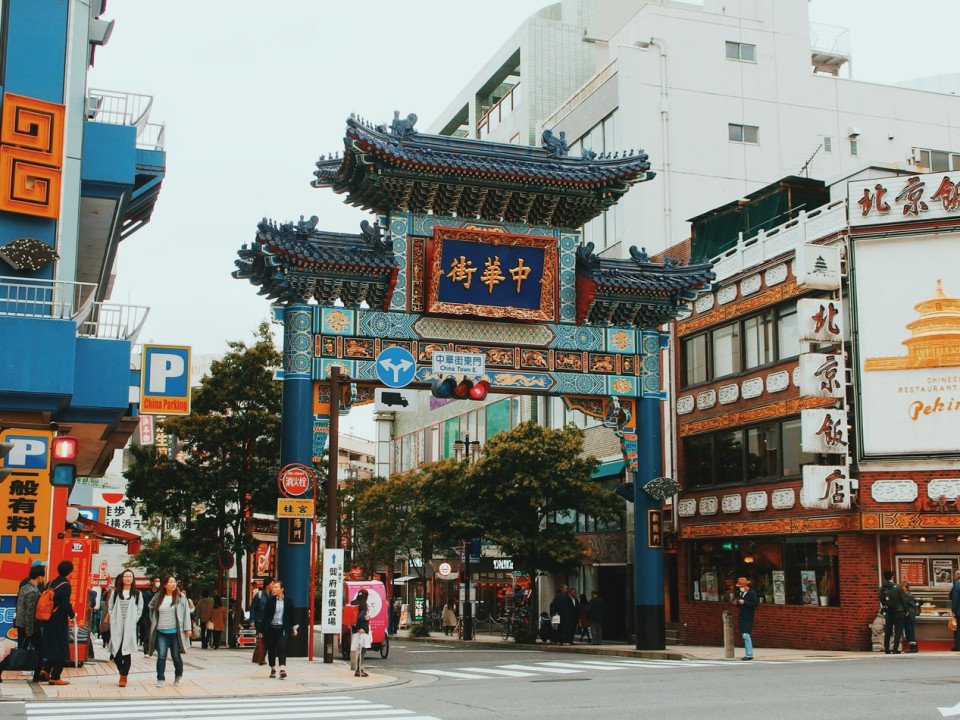
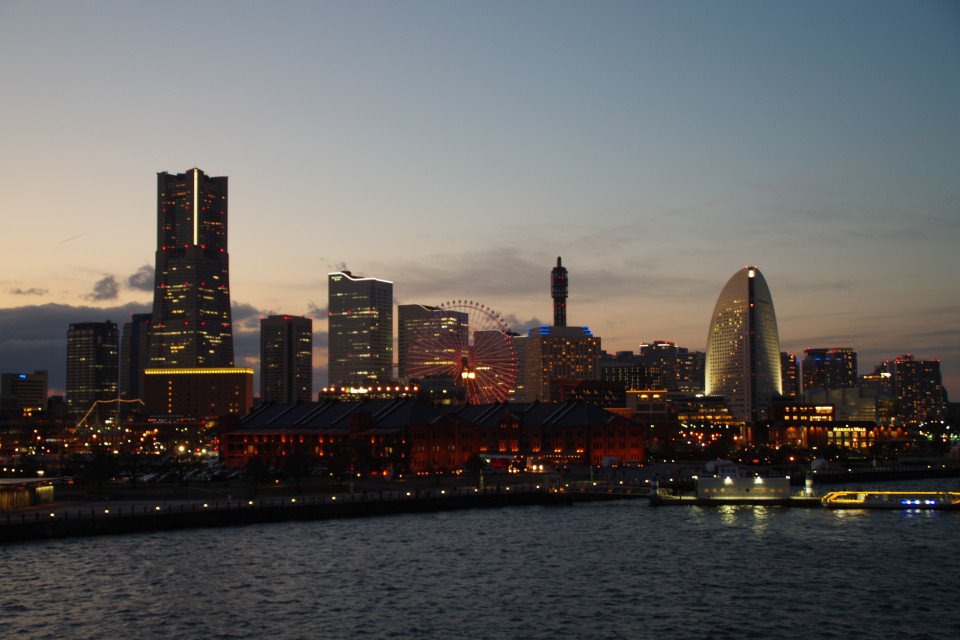
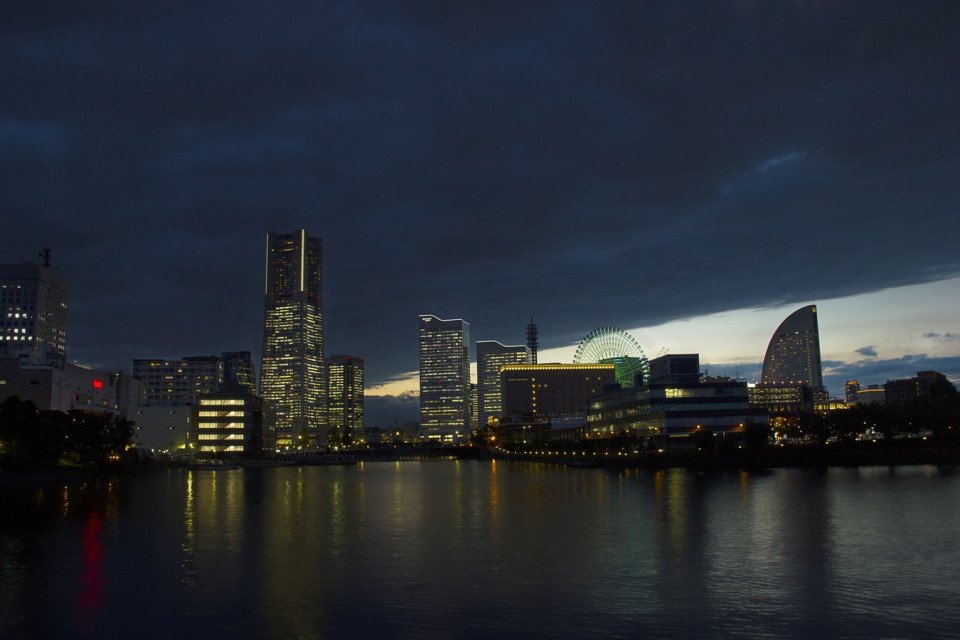
Yokohama
In 1853, a fleet of four American warships under Commodore Matthew Perry sailed into the bay of Tokyo (then Edo) and presented the reluctant Japanese with the demands of the U.S. government for the opening of diplomatic and commercial relations. The following year Perry returned and first ... Read More
Yokohama
At Sea
Miyako, Iwate
Aomori
Hakodate
At Sea
At Sea
At Sea
At Sea
At Sea
At Sea
At Sea
Whittier
Hubbard Glacier
Glacier Bay National Park, Alaska
Skagway, Alaska
Juneau, Alaska
Sitka, Alaska
Ketchikan, Alaska
At Sea
Victoria, British Columbia
What's Included with
Princess Cruises
Delve into cuisines from across the globe with various dining options when you hop on-board a Princess Cruises ship. Enjoy exclusive cocktail receptions, deck parties, themed nights and entertainment throughout the day and into the evening. When you choose Princess Cruises for your next adventure you can enjoy peace of mind that you have everything you need when gliding the waves. Discover everything that a Princess Cruises sailing has to offer when you opt for an all-inclusive cruise holiday.
Accommodation
Entertainment throughout the day and evening
Use of swimming pools, hot tubs, fitness centre and leisure facilities where available
Return flights included from a choice of UK airports (fly cruise bookings only)
Room service from 6am to 11pm
Port taxes
Youth programmes for babies to 17-year-olds
Adult only areas
Exclusive cocktail receptions and deck parties on-board
Sailaway parties, themed nights and deck parties
Lemonade, water and iced tea available in selected venues
Shuttle service to and from ports and airport where available
Explore Coral Princess
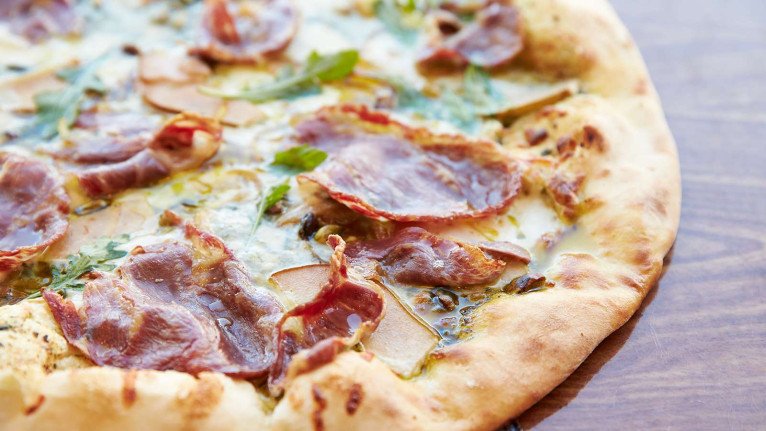


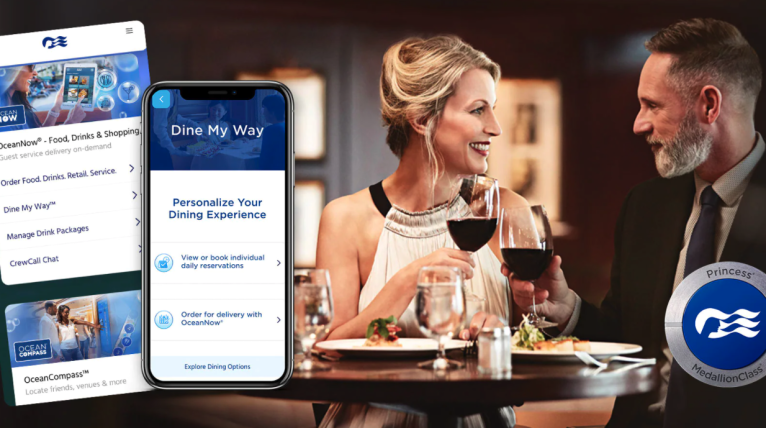
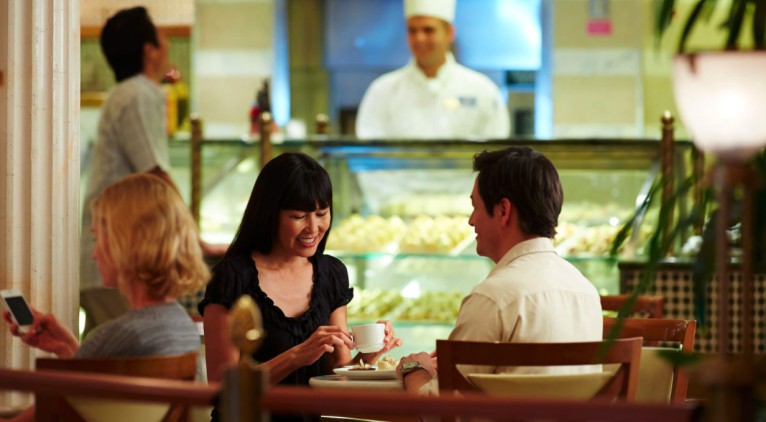
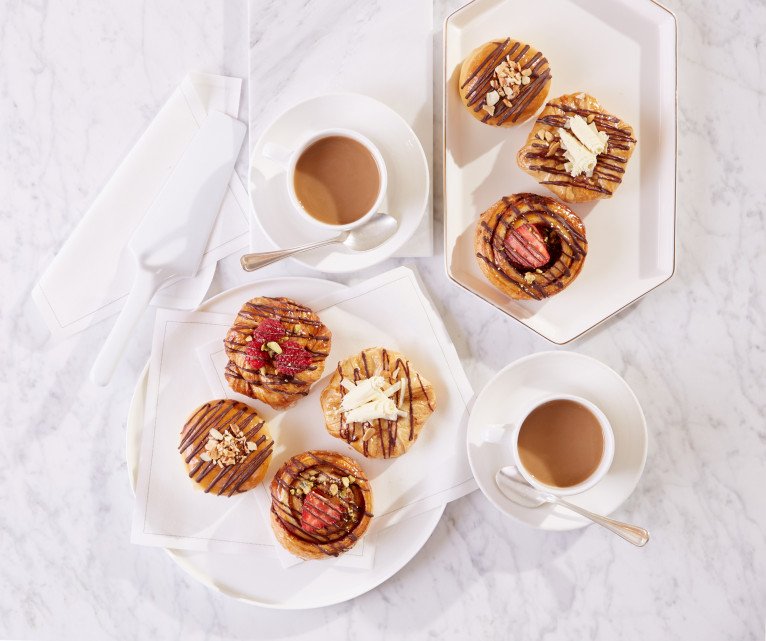
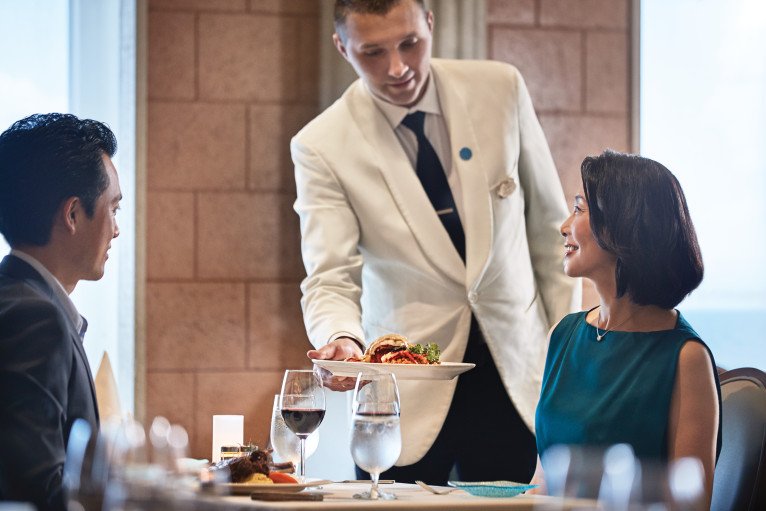
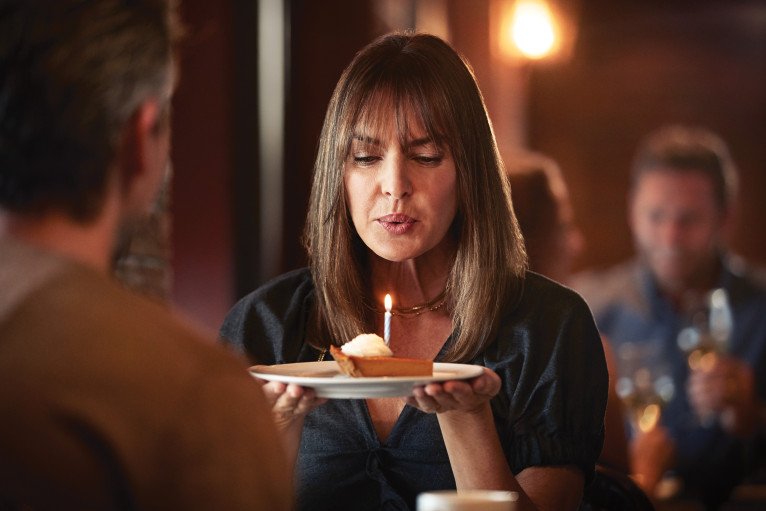
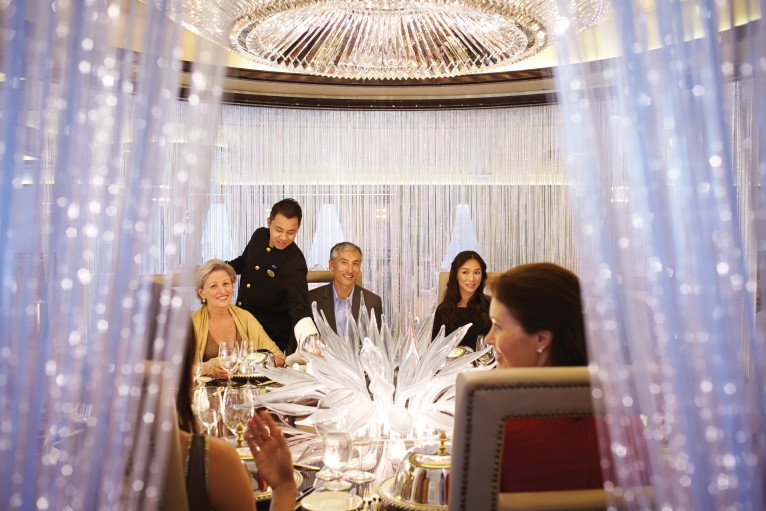
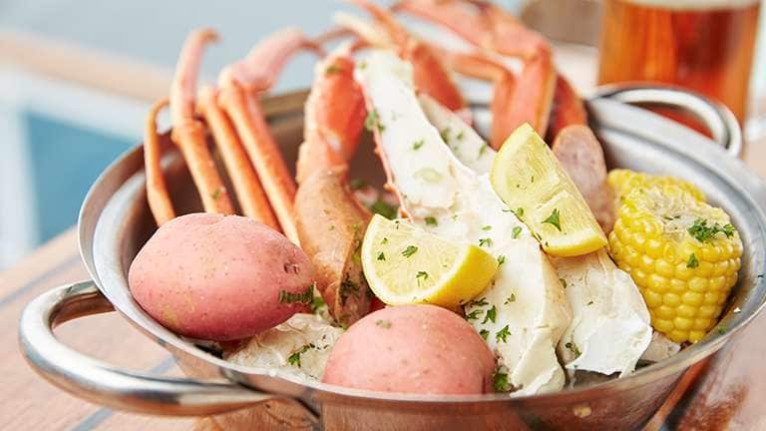
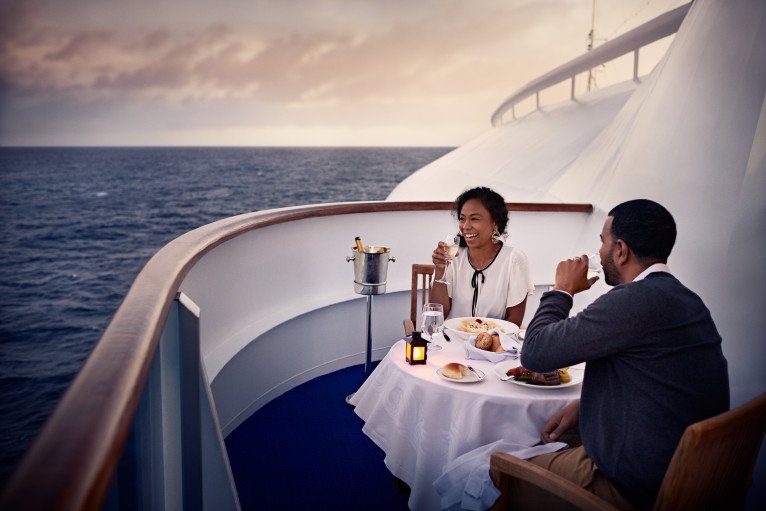
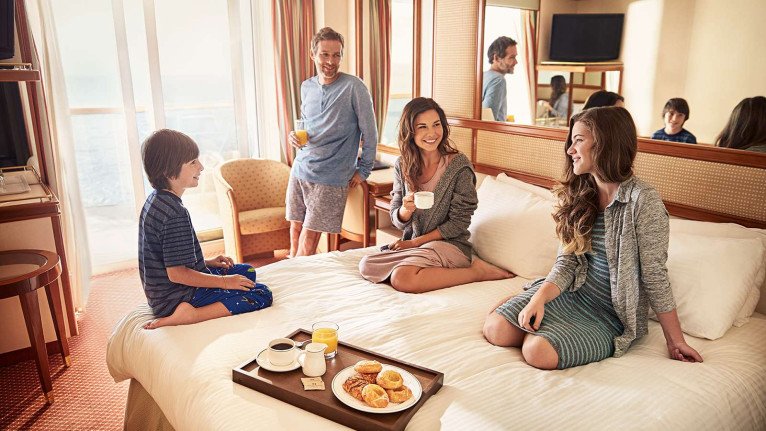
Princess Pizzeria
The Princess Pizzeria is conveniently located poolside for a casual bite while relaxing on deck or while watching Movies Under the Stars®. Serving the "Best Pizza at Sea" by USA TODAY, you’ll delight in the classic favourites like pepperoni and margarita, as well daily speciality pizzas.
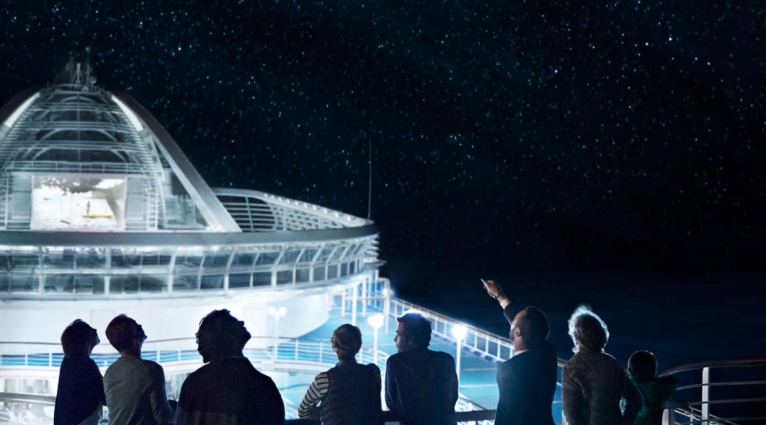
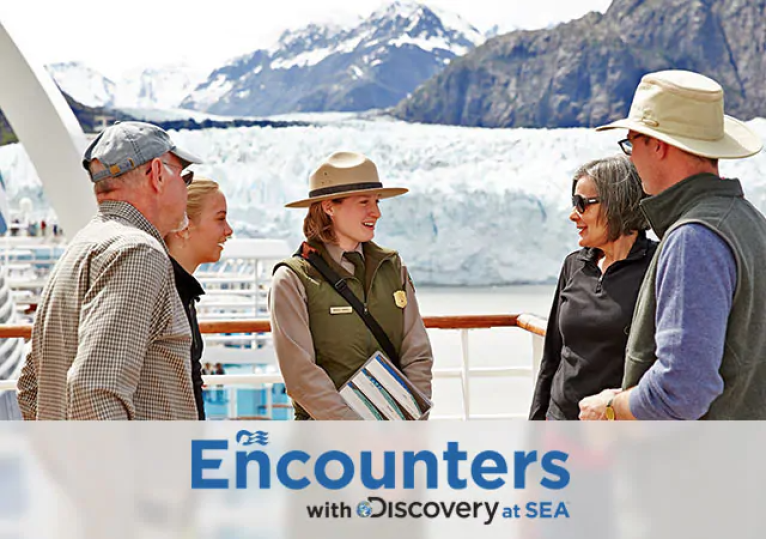
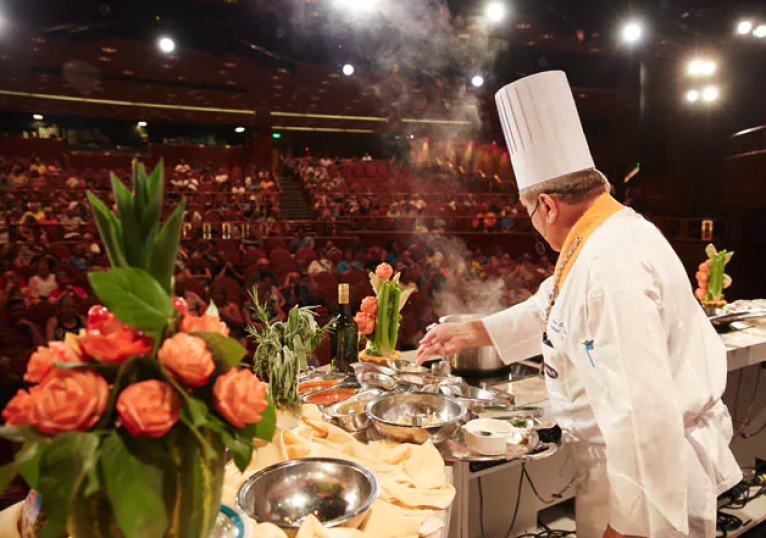
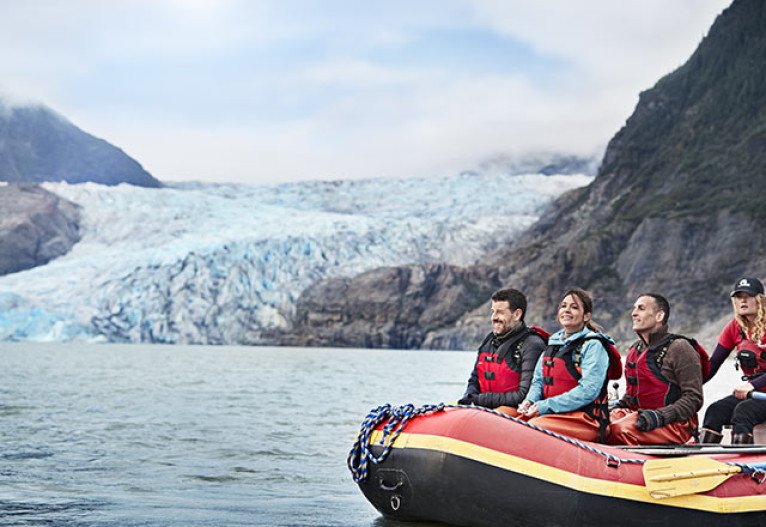


Discovery at SEA Enrichment Programmes
Princess has joined forces with Discovery™ to bring enriching new experiences on board and ashore with Discovery at SEA.
- On Board: There’s Stargazing on the top deck and activities inspired by hit shows, such as Shark Week, Finding Bigfoot, Deadliest Catch and more.
- Ashore: Get the most out of your holiday with Discovery™ and Animal Planet™ Recommended Tours- plus Exclusive tours only available from Princess.
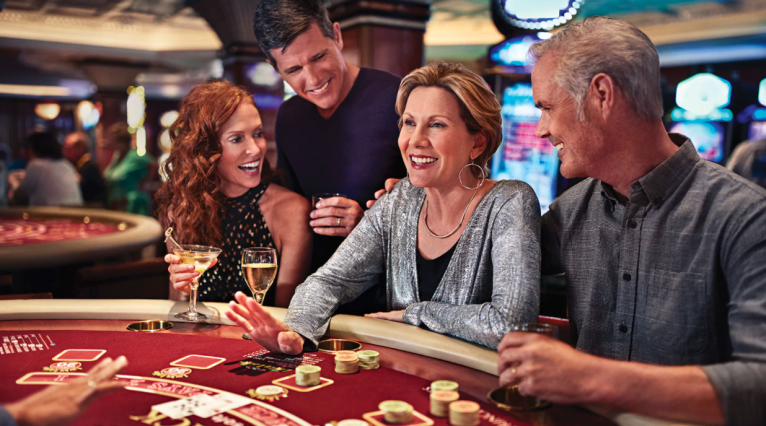
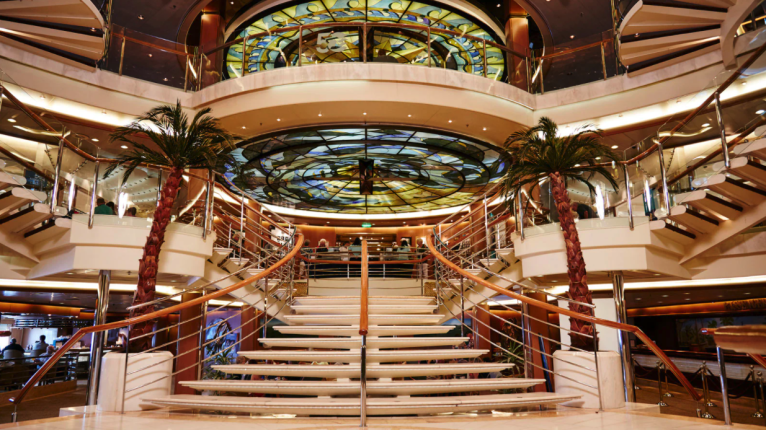

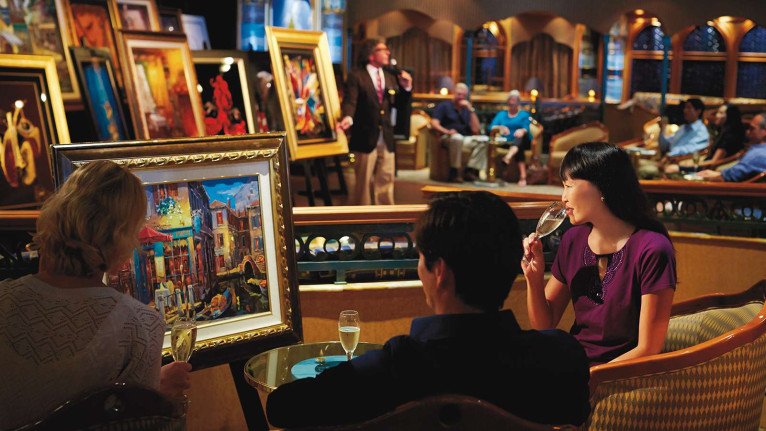
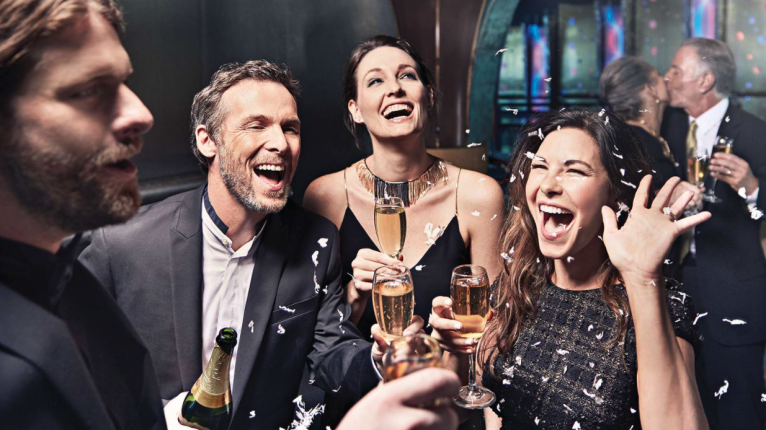

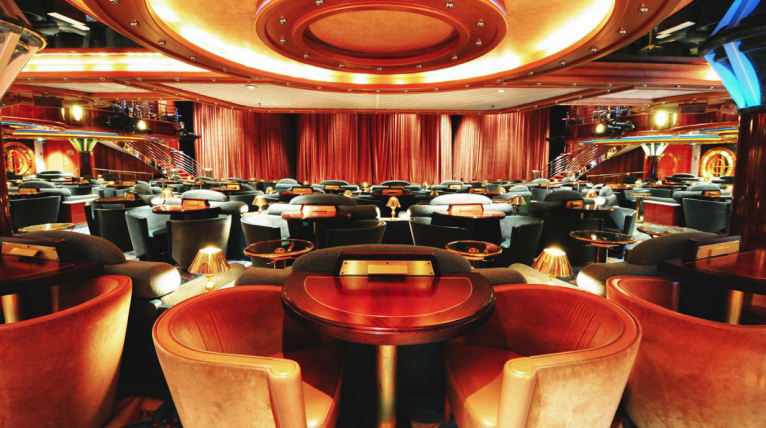






Vegas Style Casino
From gaming lessons to the latest slot machines to prize tournaments, our Casinos offer fun and excitement. If you enjoy blackjack, or “21,” and Texas Hold 'Em, our tables play by Vegas rules and if you relish the challenge of roulette, we offer the American version.
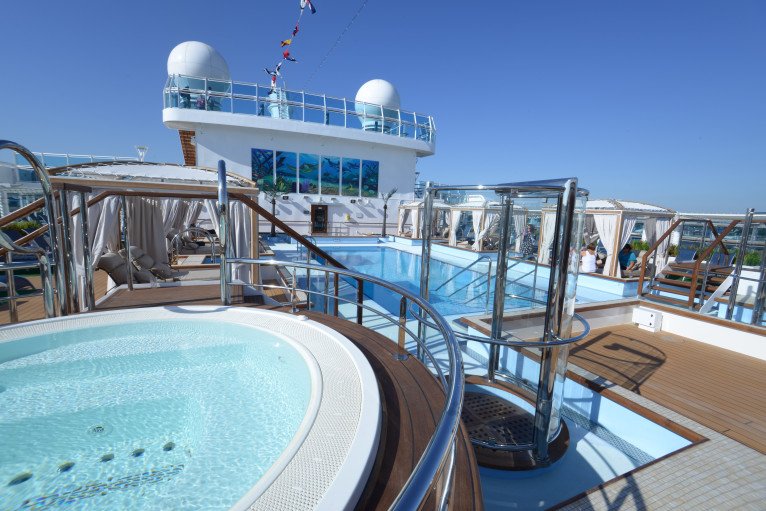


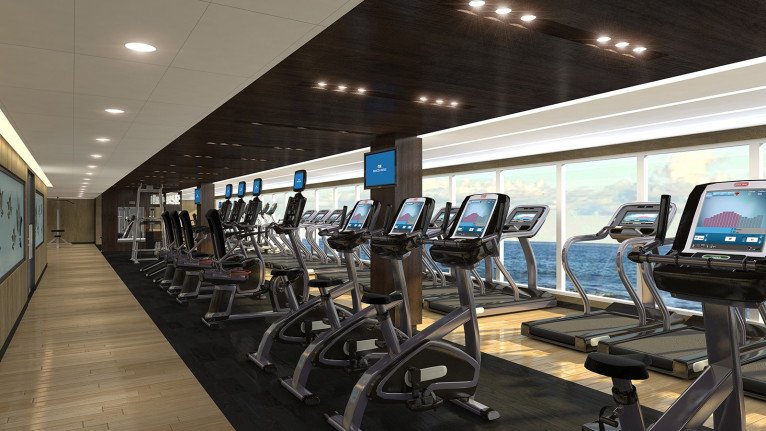

Freshwater Pools & Hot Tubs
Soak in a World of Relaxation
Take a dip in our sparkling freshwater pools and leave your everyday world behind. Unwind on a padded lounger and soak up the sun, catch up on reading, listen to music or dream of your next adventure on board or ashore. And what better way to relax and revitalise after a day exploring the world than a long soak in one of our whirling hot tubs. And don’t forget, there is always a server nearby to bring you a refreshing cocktail or favourite beverage.
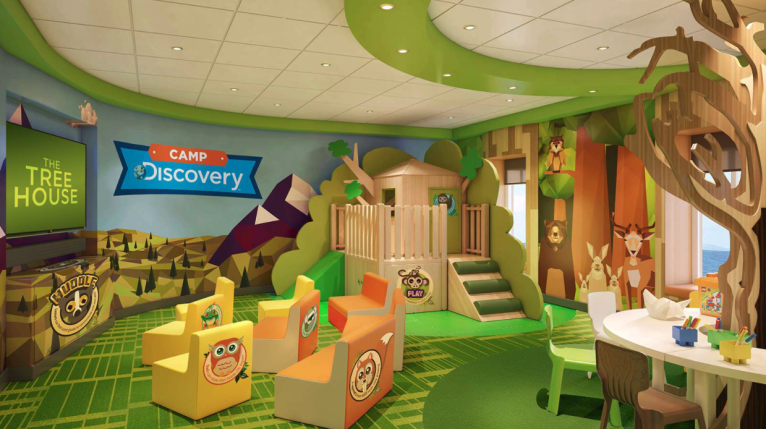
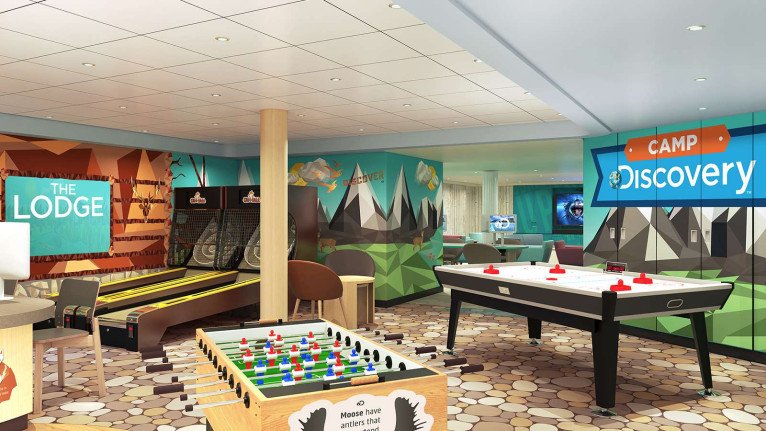
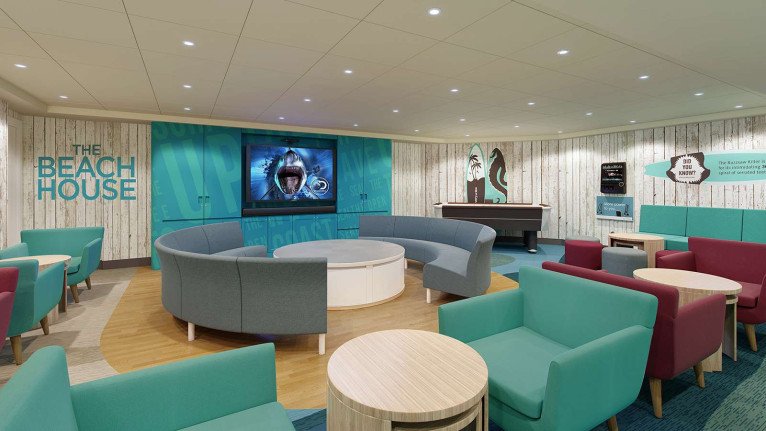
Just For Kids 3-7
Explore the Treehouse
Even the littlest guests will delight in this whimsical, forest-themed world that inspires playtime and invites exploration. Kids, ages 3 to 7, can dance, enjoy pyjama movie nights, create art projects like Animal Planet™ puppets and masks or compete in a Lego® boat-building contest.
Deck 16 - Sports

- Deck Chess Set
- Shuffleboard
- Centre Court
- Splash Pool
Deck 15 - Sun

- Princess Links
- The Grill & Bar
- Platinum Studio
Deck 14 - Lido

- Beauty Salon
- Horizon Court
- Lido Bar
- Lido Pool & Hot Tubs
- Lotus Bar
- Lotus Pool & Hot Tubs
- Lotus Spa
- Massage
- Princess Pizzeria
- Swirls
- Teen Centre
Deck 12 - Aloha

- Interior Staterooms
- Balcony Staterooms
- Mini-Suite Staterooms
- Youth Centre
Deck 11 - Baja

- Interior Staterooms
- Oceanview Staterooms
- Balcony Staterooms (4x wheelchair accessible)
- Mini-Suite Staterooms
Deck 10 - Caribe

- Interior Staterooms
- Balcony Staterooms (4x wheelchair accessible)
- Mini-Suite Staterooms
- Suite Staterooms
Deck 9 - Dolphin

- Interior Staterooms
- Ocean View Staterooms
- Balcony Staterooms
- Mini-Suite Staterooms
- Suite Staterooms
Deck 8 - Emerald

- Interior Staterooms
- Oceanview Staterooms (8x wheelchair accessible)
- Balcony Staterooms
- Internet Café
- The Card Room
- The Library
Deck 7 - Promenade

- Bayou Café & Steakhouse
- Churchill Lounge
- Crooners Lounge & Bar
- Princess Fine Arts Gallery
- Princess Theatre
- Sabatini's
- The Universe Lounge
- Wedding Chapel
- Wheelhouse Bar
Deck 6 - Fiesta

- Explorers Lounge
- Photo Gallery
- Photo Kiosk
- Photo Shop
- Princess Theatre- Lower Level
- Provence Dining Room
- Shopping Host
- The Shops of Princess
- The Universe Lounge
- Oceanview Staterooms
Deck 5 - Plaza

- Atrium
- Bordeaux Dining Room
- Captain's Circle
- Future Cruise Sales
- La Patisserie
- Passenger Services
- Shore Excursions
- Interior Staterooms (4x wheelchair accessible)
Deck 4 - Gala

- Medical Centre
Coral Princess Cabins & Suites

Interior

Oceanview Staterooms

Balcony Staterooms





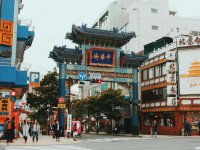

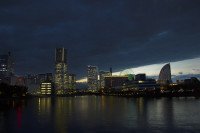
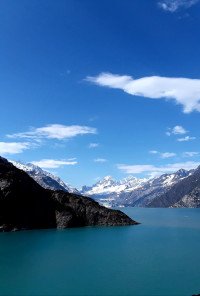
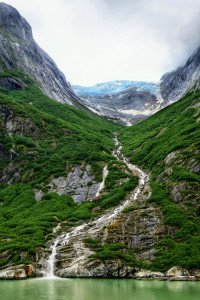
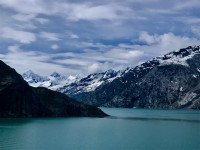

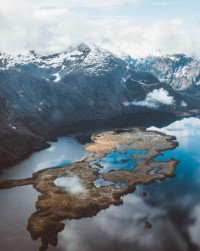
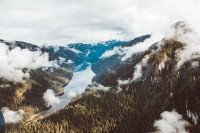
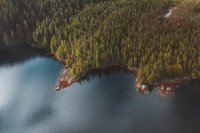
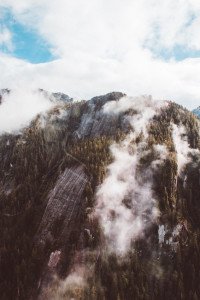
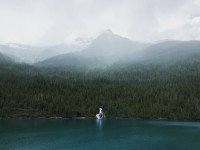
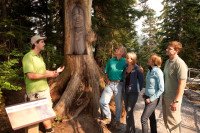
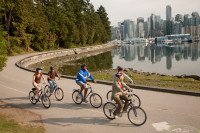
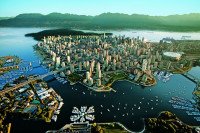
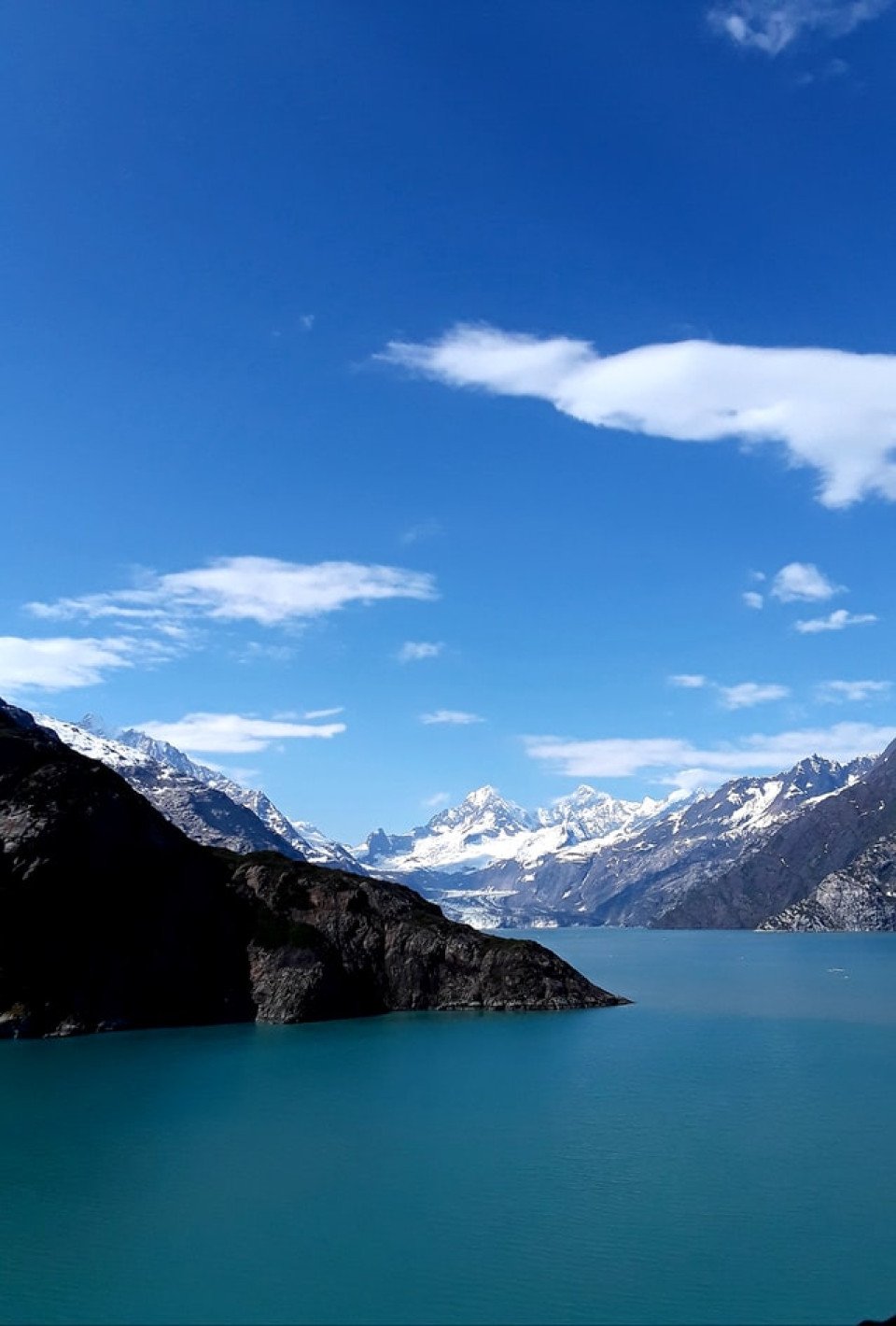
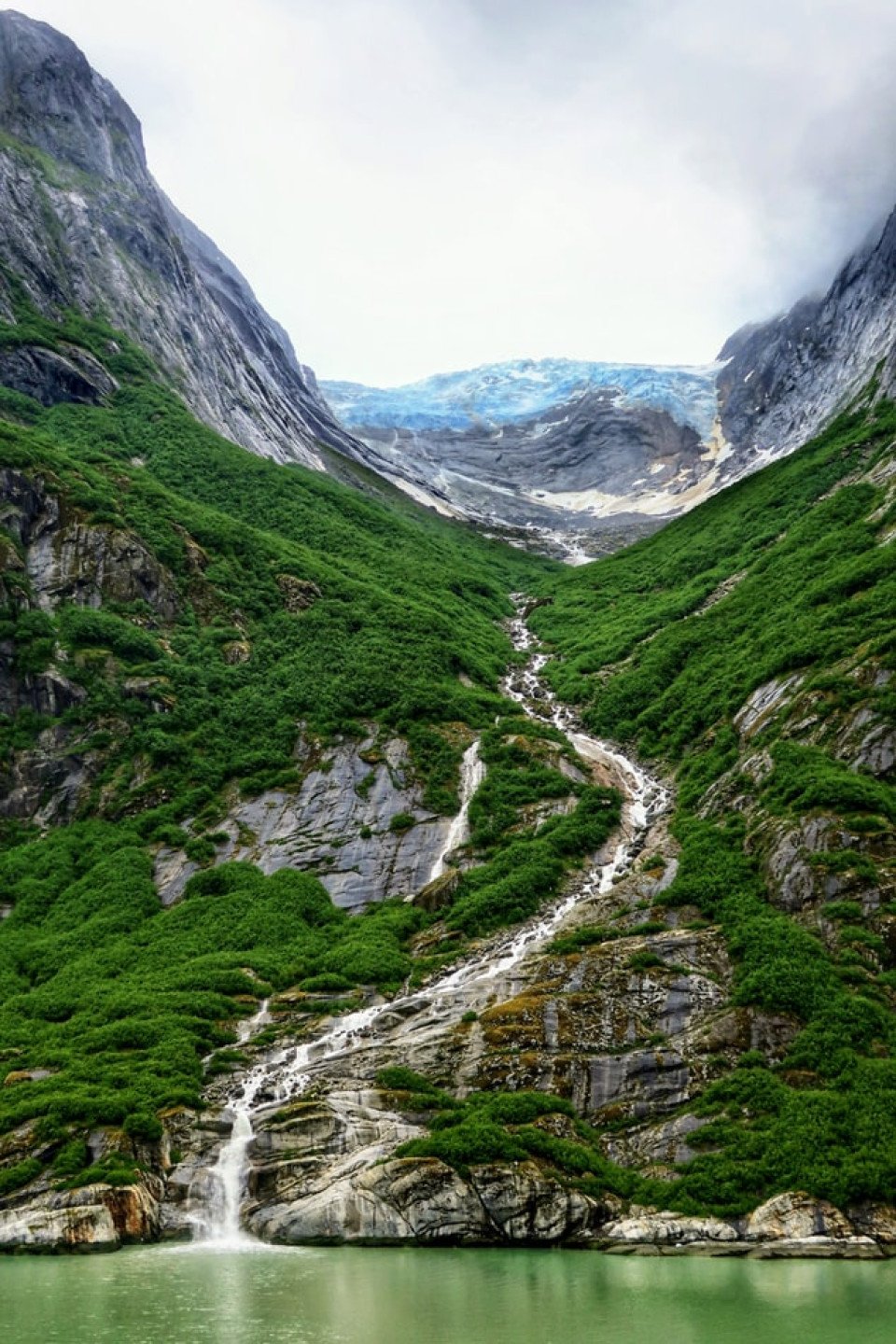
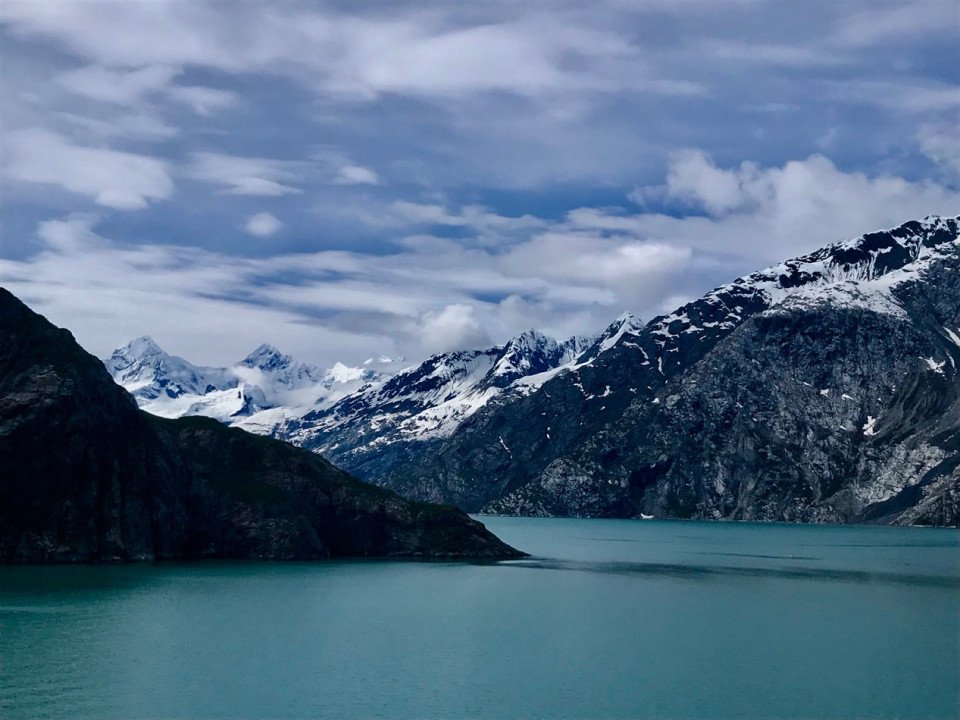
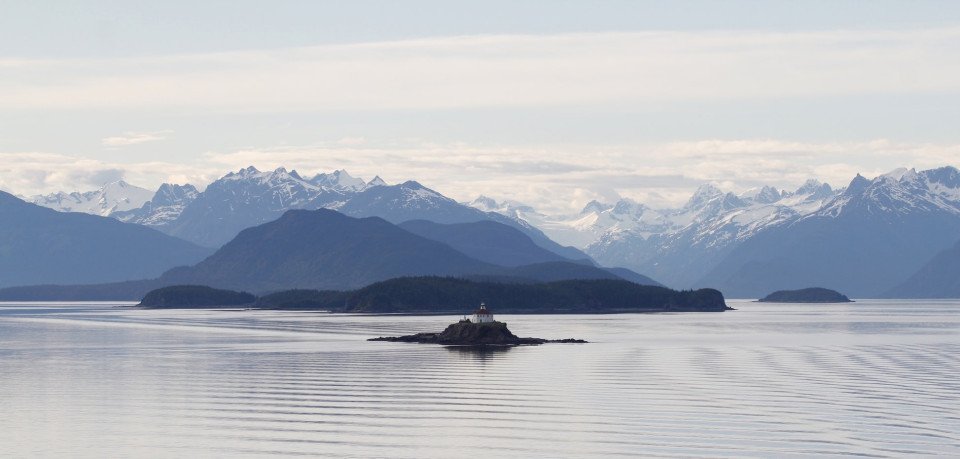
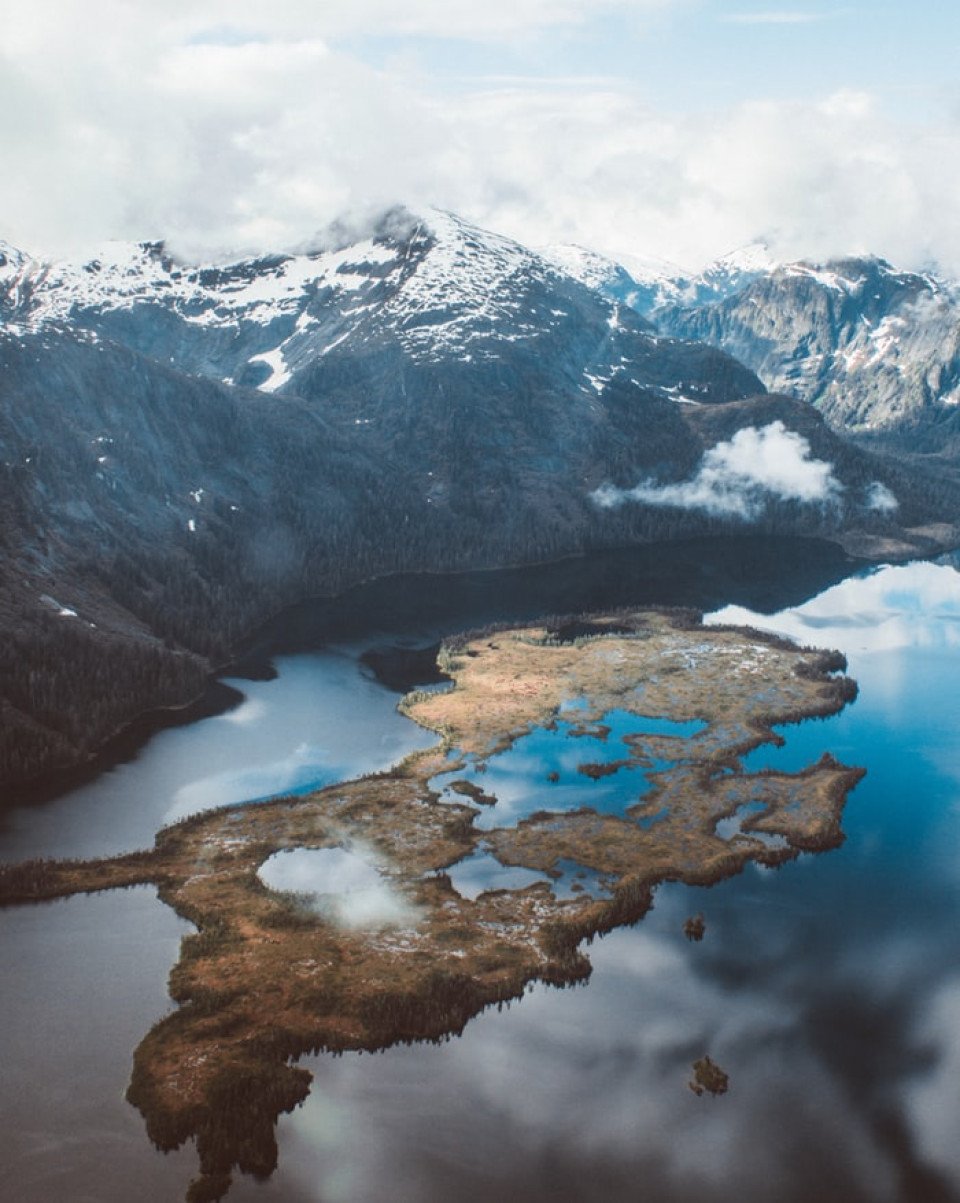
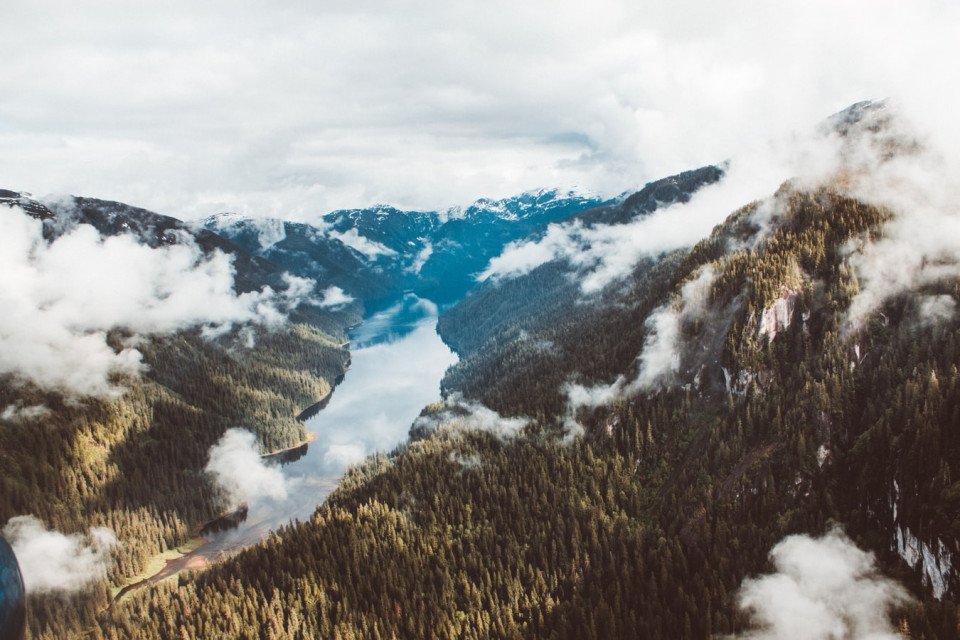
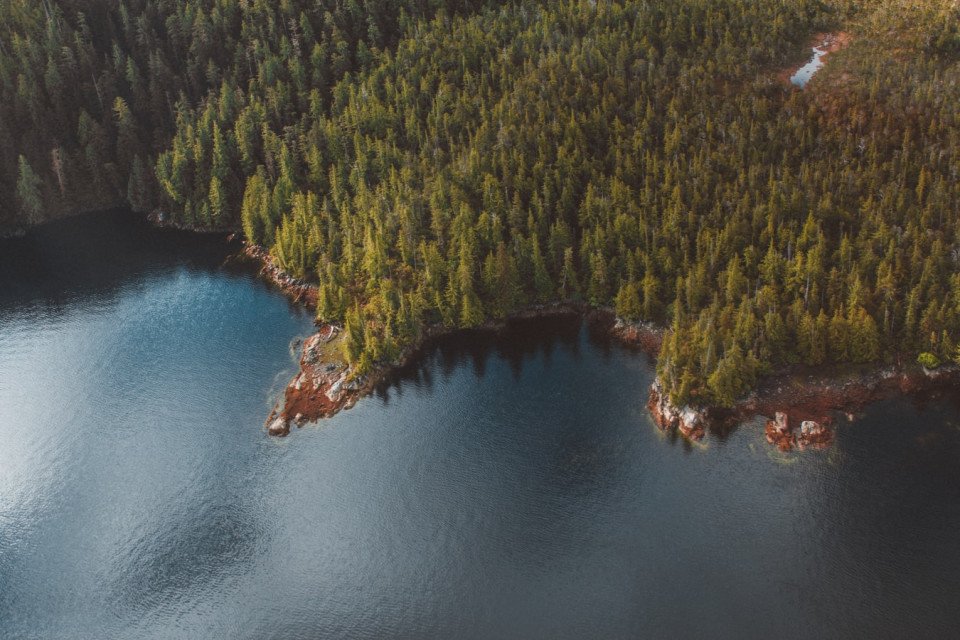
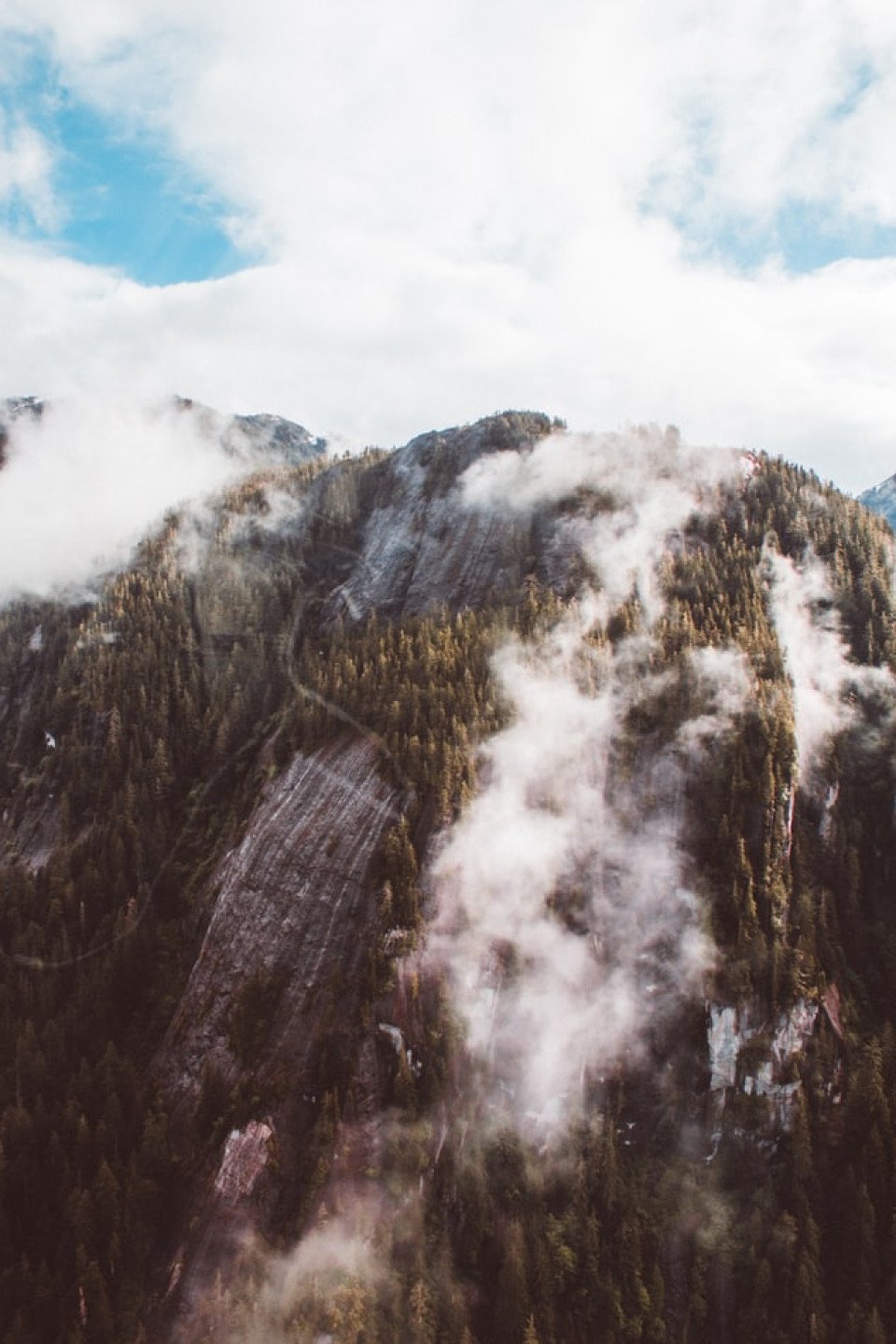
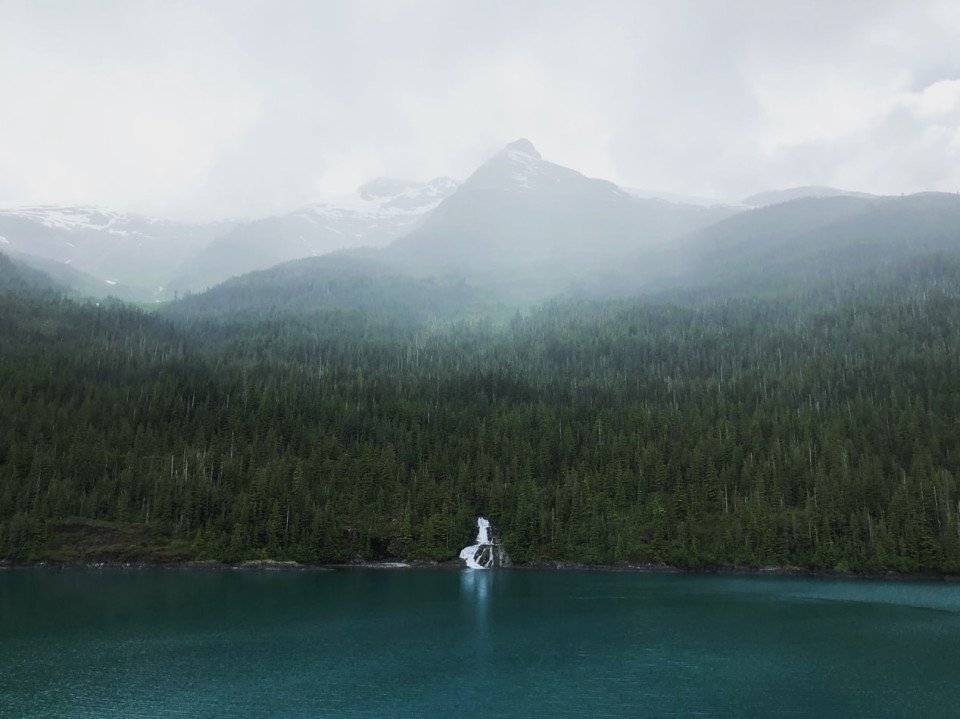
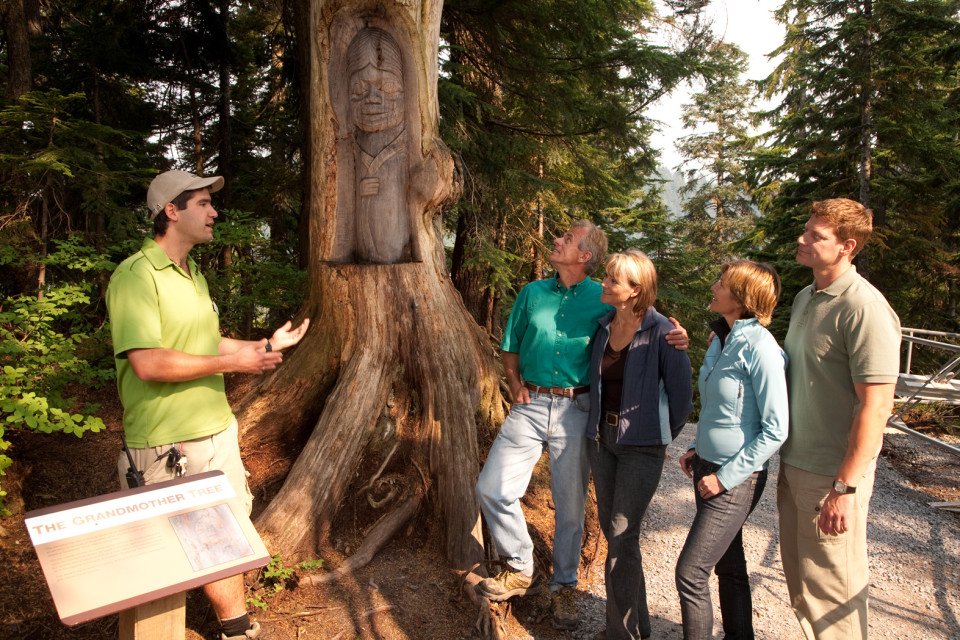
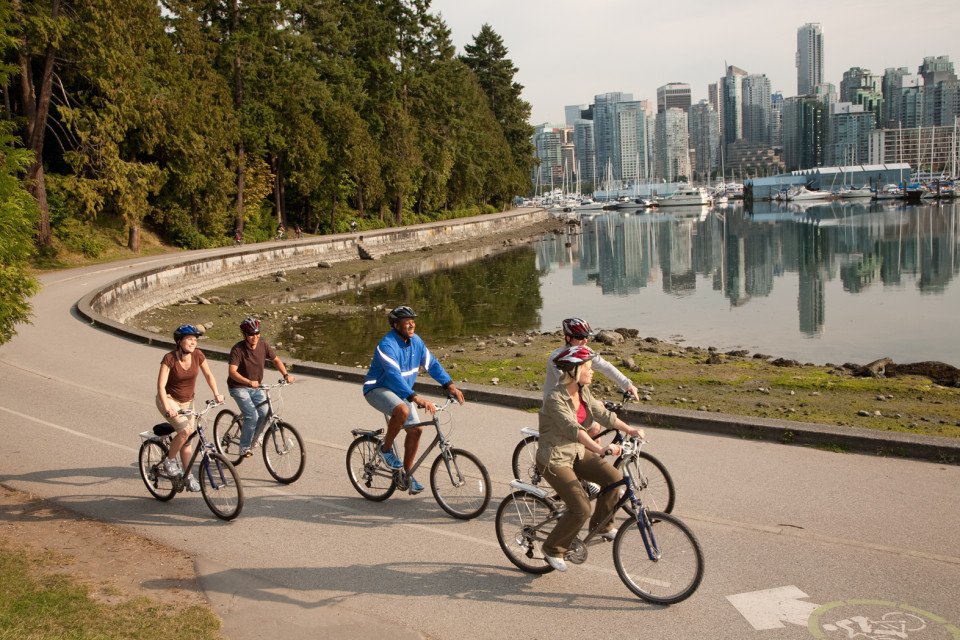
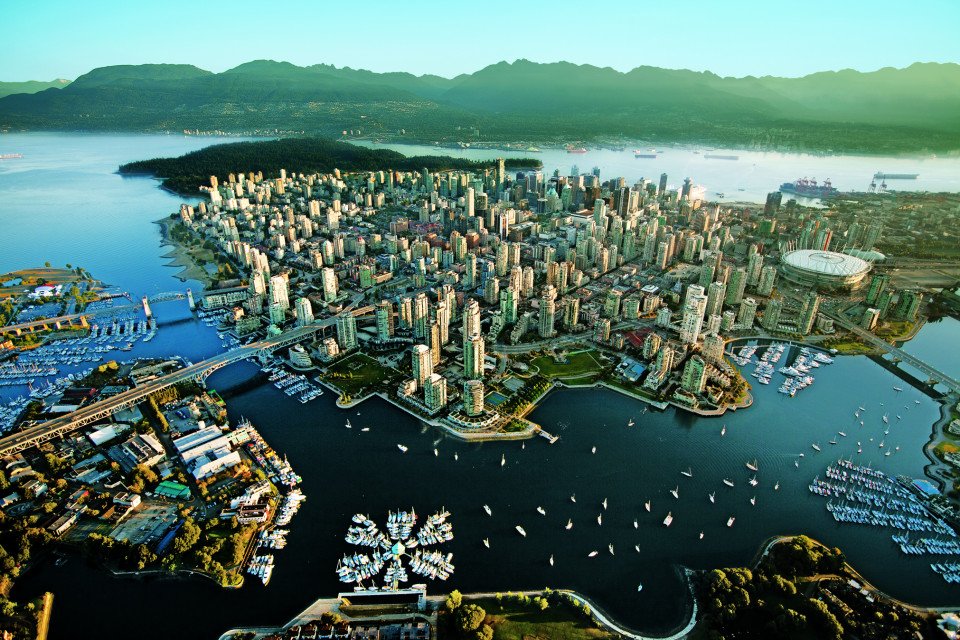












-large_thumb.jpg)






